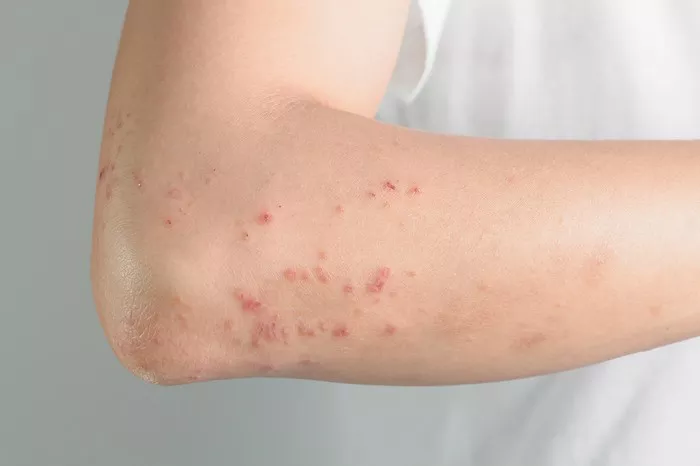Living with psoriatic arthritis (PsA) often requires a comprehensive self-care approach to alleviate the persistent joint pain and discomfort associated with this autoimmune condition. Dr. Elena Schiopu, a professor of medicine at the Medical College of Georgia, emphasizes the importance of managing symptoms effectively, even with immune-modulating therapies like disease-modifying anti-rheumatic drugs (DMARDs) in place. Despite treatment, patients may still experience challenges such as joint pain, skin psoriasis, and swollen digits.
According to a survey published in Rheumatology and Therapy, a significant portion of individuals with PsA find their symptoms impactful enough to affect their work, highlighting the necessity for effective self-care strategies. Shaun Bogart, an occupational therapist at the Hospital for Special Surgery, underscores the value of collaborative efforts between patients and healthcare professionals in managing PsA flare-ups.
Here, experts provide insights into common questions regarding self-care techniques tailored for PsA sufferers.
Compression Garments:
Can Compression Garments Alleviate Swollen Joints?
Psoriatic arthritis often manifests as chronic inflammation in the joints, albeit asymmetrically. Compression garments, such as socks and gloves, are recommended to improve blood flow and reduce swelling in affected areas. Bogart suggests utilizing compression garments alongside complementary techniques like elevation and massage, emphasizing individual comfort and consulting with healthcare providers for personalized guidance.
Warm Soaks:
Do Warm Soaks Relieve Soreness?
Warm baths are known to alleviate soreness and stiffness in PsA-affected joints. Bogart recommends gentle movement exercises during soaking to enhance joint mobility. Adding Epsom salts may further reduce swelling, although prolonged soaking should be avoided to prevent exacerbating psoriasis symptoms.
Hot Pad vs. Ice Pack:
When to Use Heat or Cold Therapy?
Thermal therapy, comprising heat and cold applications, can effectively manage various PsA symptoms. Heat aids in loosening stiff joints, while cold therapy reduces inflammation. Dr. Schiopu advises assessing individual preferences and monitoring skin response during therapy sessions.
Paraffin Baths:
Can Paraffin Baths Relieve Hand Pain?
Warm paraffin wax treatments offer pain relief and moisturization for stiff hands. Bogart recommends incorporating gentle stretching exercises during treatment sessions to enhance joint flexibility.
Infrared Light Therapy:
Does Infrared Light Therapy Reduce Swelling?
Infrared light therapy, touted for its anti-inflammatory properties, shows promise in managing PsA symptoms. While its efficacy warrants further research, Bogart suggests exploring more accessible options like warm baths before investing in infrared devices.
Improving Grip:
Strategies to Enhance Grip Strength
Decreased grip strength is a common challenge for PsA patients. Dr. Schiopu recommends thumb splints and occupational therapy interventions to address this issue. Additionally, Bogart suggests utilizing adaptive tools and ergonomic aids to ease daily tasks and reduce joint stress.
In conclusion, a multifaceted approach to self-care tailored to individual needs is crucial for effectively managing PsA symptoms and improving quality of life. Collaboration between patients and healthcare professionals is essential in developing personalized self-care strategies.


























